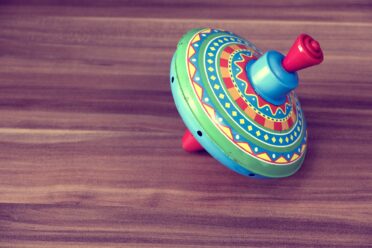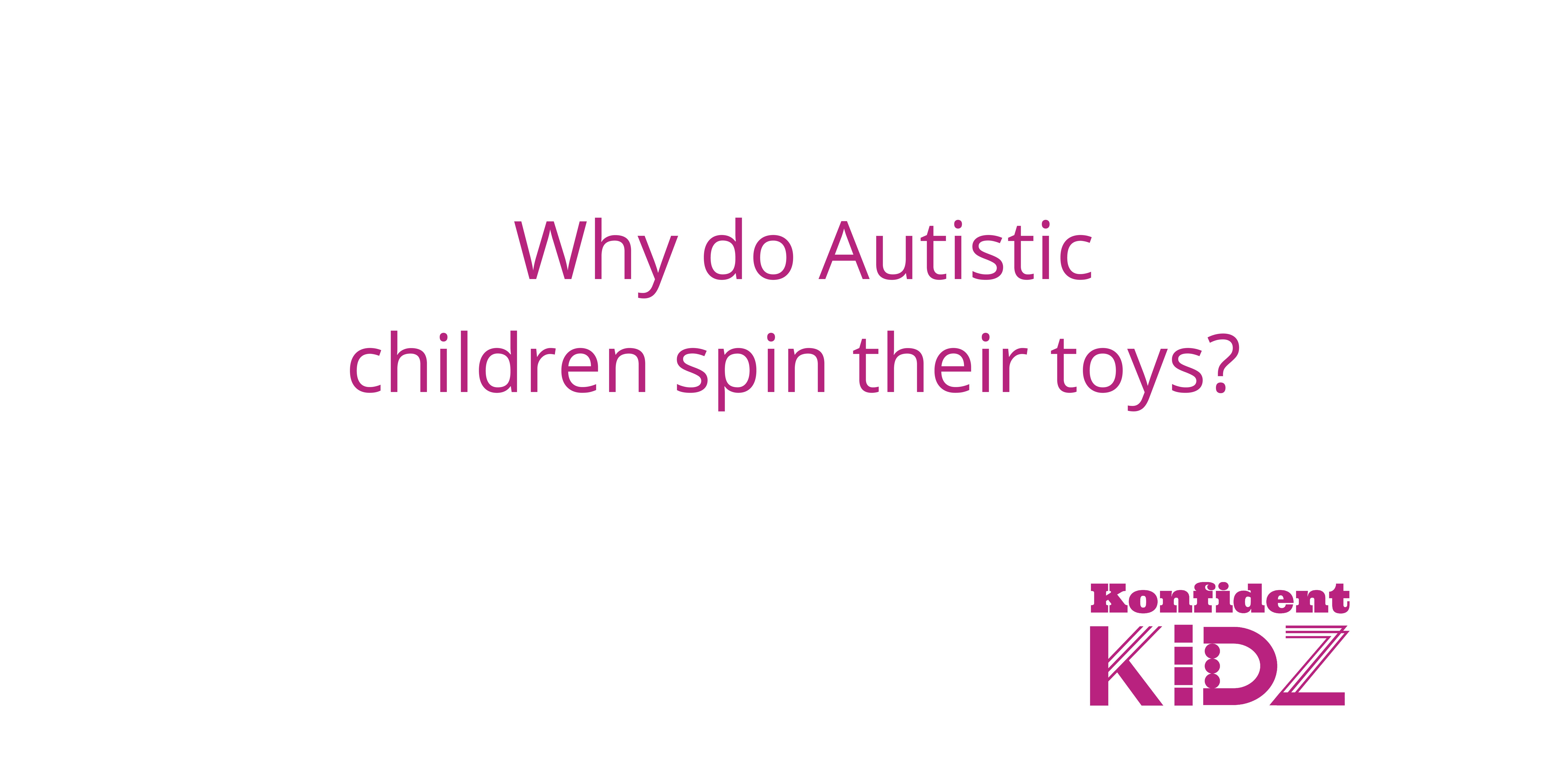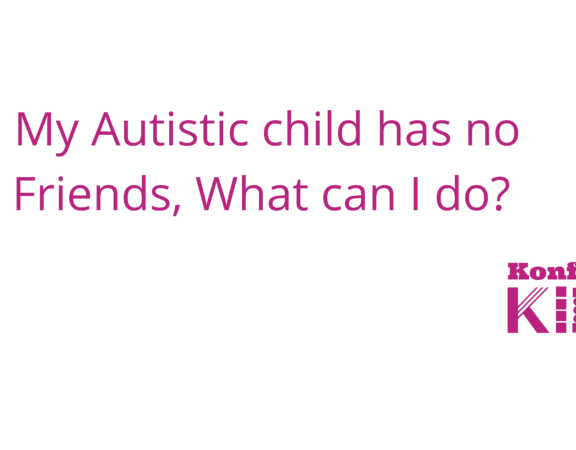Why do Autistic kids spin their toys?
An Occupational Therapist recently asked this question:
How can I get my little clients to stop stimming long enough so they can engage in play and social interaction.
I asked her for more information and she explained that the Autistic kids she works with were stimming like spinning their toys for sensory input. She wanted to find alternative ways to give them their sensory input so that she could teach them to play with toys properly. She went on to say that they had to learn how to play with novel toys so that they could reach their milestones.
So let’s break down everything that is wrong with this question because it shows a total lack of understanding of Autisticity, which is probably because her training never including anything Autistic-led and this OT is trying her best with all of the misinformation she’s been fed.

Firstly, Stimming has at least 8 different functions. It is not just something we do for sensory input.
It’s clear from this question that there is still lots of misunderstanding around what stimming is and why people do it. It also really needs to be framed as a human activity rather than an Autistic one. (Although Autistics are really good at it).
The children are stimming when they’re spinning their toys. This much is correct. But they aren’t stimming for sensory input (well not in the way this OT understands it). In this context they are spinning their toys to play with them. Stimming here is employed to learn about the toys.
What do Autistic kids learn by spinning their toys? The laws of motion. They learn about inertia, velocity and force. While they spin their toy they are learning, analysing and processing. They are studying how fast it moves if I spin this way and how soon it will stop if I spin it that way. They study this visual input over and over until they have a deep understanding of how this all works. They build mental frameworks in their minds and this takes serious time and effort.
They are not just doing something to keep their eyes busy or for “sensory input”. I mean where is all this input we seek supposed to go anyway?
Secondly, Autistic children, if you have not already realised from my first point do not need to be taught to play. They do not need to be taught to play with new toys or “appropriately”. The reason we have advancements and inventions and discoveries as humans is because children play in this way. If children did not play and investigate in this way then we would not have all of these advancements.
Also I would seriously question the idea that children need toys to develop. We have somehow evolved and developed over hundreds of thousands of years without the mass-production of toys. If toys are needed for our development then how did we develop at all when toys really only became a big part of our lives during the industrial revolution. Before that children’s toys were scarce and rudimentary. They played with sticks, balls made from pig intestines, hoops, spinning tops and so on for thousands of years and somehow they managed to develop without Lego, Mattel or Fisher Price.
Just in case you think I’m saying children don’t need toys or get value from them I am not. I am saying that we do not need them in order to develop despite what the careful marketing and promises printed on the side of colourful boxes tell us. I remember when my little girl was baby getting completely sucked into this whole idea and buying toys which promised to help with social emotional learning and others that promised to develop spatial reasoning and creativity. Play is natural and kids develop these skills through naturally investigating and engaging with the world around them. Our world is full of “sensory inputs”, we learn through our senses as humans and we are constantly learning from the world around us.
The cost for the Autistic child
What is the cost for the child if they are not given the freedom to play in their natural way? Well, taking a child away from their spinning toy can mean that the mental framework they were building falls part. It collapses like a virtual house of cards. This can be highly frustrating. As for training or coercing children to play in ways which are not natural to them …sounds like utter torture to me.
When we carry out this sort of intervention against Autistic children we may be under the illusion that we are helping them to reach their milestones but Autistic kids don’t reach non-autistic milestones. Autistic kids develop Autistically and reach their milestones just like non-autistic kids. Our paths are just slightly different early on in life.
This sort of well meaning but misguided messing about with Autistic kids can lead to low self esteem, stress, anxiety, trauma and depression in childhood and later on.
The moral of this story is stop messing about with Autistic kids when you do not fully understand what you are doing and when you do not fully understand what they are doing and let kids be kids. Everyone develops and everyone is entitled to the space and freedom to do just that.





